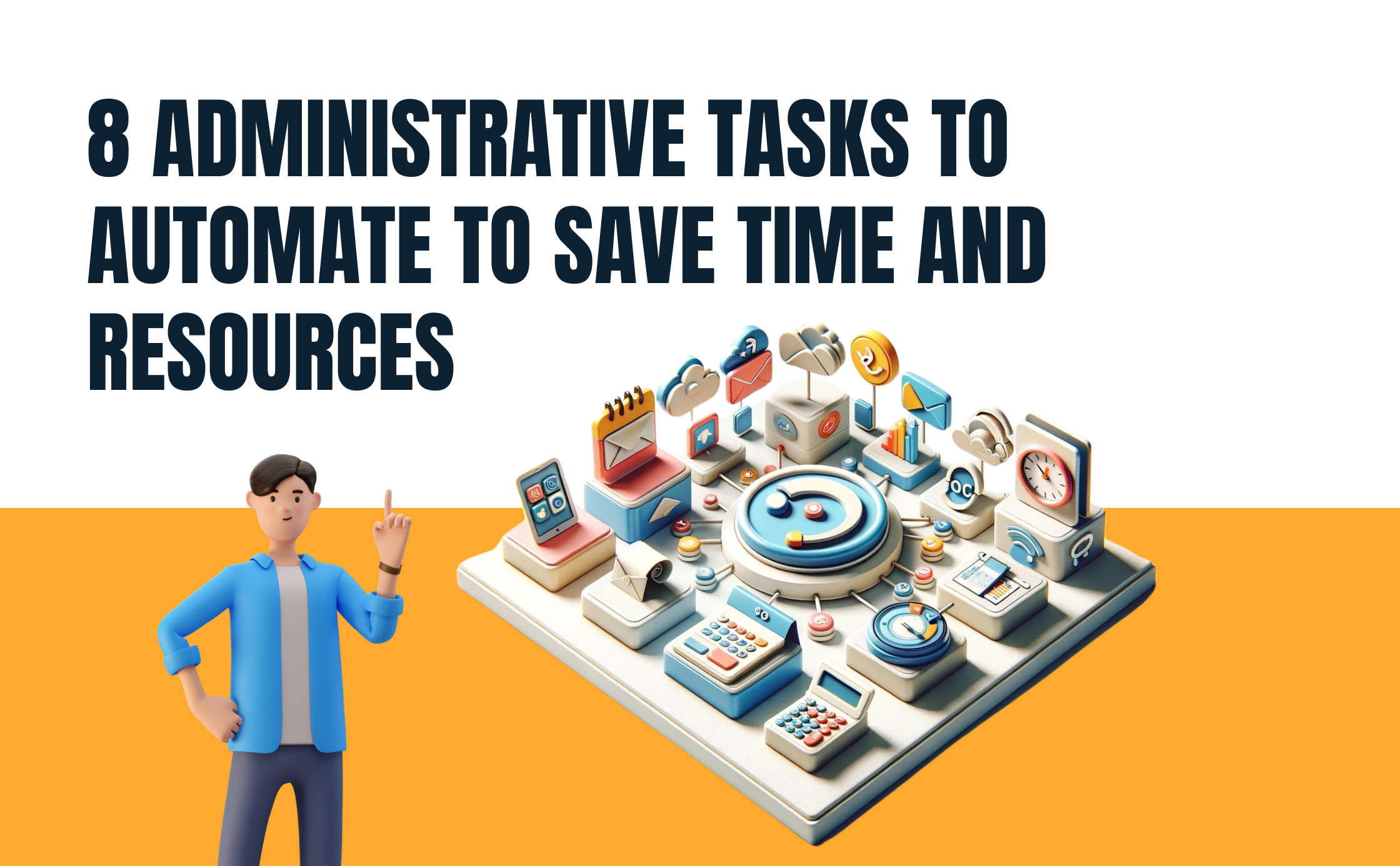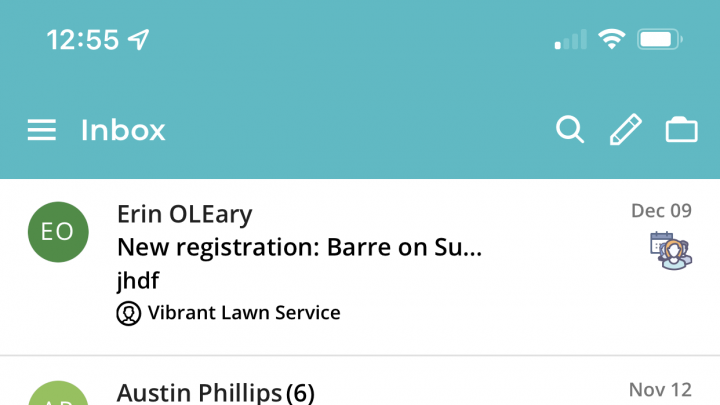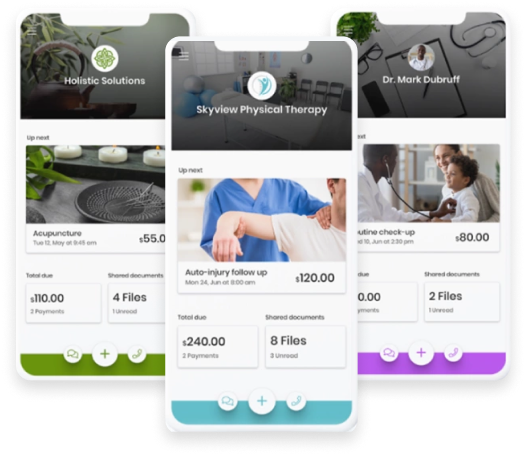
For small business owners and office managers, the list of daily administrative tasks can seem endless, yet not all of these tasks require the human touch. Automation tools stand ready to take on mundane and repetitive tasks, freeing your team to focus on creative, high-value work that can propel your company forward.
In this comprehensive guide, you’ll discover the critical administrative tasks that can and should be automated. By harnessing technology, small businesses like yours can drastically reduce the burden of daily operations, enhance productivity, and provide a better customer service experience. Here are the top 8 administrative tasks that, when automated, can transform your business:
1. Email Marketing Campaigns
Email marketing is a powerful tool for small businesses, enabling you to stay in touch with customers, nurture leads, and drive sales. However, crafting and sending individual emails is time-consuming and can lead to errors. By automating your email marketing campaigns, you can save time while maintaining a consistent and professional presence in your customer’s inboxes.
How to Automate:
Use platforms like Townsquare’s business management tool to set up email campaigns that trigger based on customer behavior, such as a new subscriber, a recent purchase, or a special occasion.
Best Practices:
- Personalize the emails to your customer’s preferences and past interactions with your business.
- A/B test subject lines, content, and send times to optimize your email performance.
2. SMS Marketing Campaigns
In a world where almost everyone has their phone within arm’s reach, SMS marketing is a direct and effective channel to reach your audience. However, sending individual texts to customers is impractical. Instead, automate your SMS marketing to send bulk texts targeted to specific customer segments.
How to Automate:
Integrate a system like Townsquare with your customer database to send automated texts for promotions, appointment reminders, and feedback requests.
Best Practices:
- Keep messages short, sweet, and to the point.
- Provide a clear call to action and make it easy for customers to engage.
3. Customer Contact Information
Maintaining accurate and up-to-date customer contact information is critical but can quickly become an administrative headache. By automating the collection and organization of contact details, you ensure your database is continually updated without manual input.
How to Automate:
Utilize online forms and CRM systems to capture customer information directly into your database.
Best Practices:
- Use conditional logic in your forms to gather more specific details based on customer responses.
- Implement validation checks to ensure you collect accurate information.
4. Email Inbox Integration
Your inbox is often the central hub of customer communication, but it can lead to inefficiencies if not managed well. Integrate your email inbox with business management tools to automate the sorting, tagging, and routing of important messages.
How to Automate:
Connect your email to tools like Townsquare’s platform, which can categorize emails and create tasks for your team to follow up automatically.
Best Practices:
- Make sure your team is trained on how to use the automated system to prevent important emails from slipping through the cracks.
5. Online Scheduling and Calendar Integration
Scheduling appointments and managing your team’s time can be complex. Online scheduling tools not only make it easy for customers to book services but also help in the management of your staff’s time, ensuring appointments are not double-booked.
How to Automate:
Utilize scheduling software that integrates with your team’s calendar and can be directly linked to your website and service offerings.
Best Practices:
- Set clear availability hours and update them regularly.
- Send automated reminders to both customers and staff before appointments.
6. Online Marketing Reports
Gathering and analyzing marketing data is essential for understanding your business’s social media advertising performance, but compiling reports can be labor-intensive. Automating the creation of marketing reports can save you hours of work each month.
How to Automate:
Use reporting tools that pull data from multiple sources, such as social media platforms, email marketing systems, and your website.
Best Practices:
- Choose the most relevant KPIs for your business and focus on them in your reports.
- Schedule reports to be delivered directly to your inbox on a regular basis.
7. Customer Invoices
Creating and sending out customer invoices is an essential task but one that can be time-consuming if done manually. With invoicing software, you can automate the process from creation to delivery.
How to Automate:
Choose an invoicing tool that allows you to create templates, manage recurring invoices, and send reminders for overdue payments.
Best Practices:
- Clearly outline payment terms and provide multiple payment options to customers.
8. Payment Processing
Once your invoices are sent, the next step is receiving payment. Automating your payment processing can streamline the experience for your customers, making it easier and quicker for them to pay you.
How to Automate:
Integrate a payment processing system with your invoicing software and website, offering options like credit card, ACH, and online payment gateways.
Best Practices:
- Ensure your payment process is secure and complies with industry standards.
- Automate the reconciliation process to keep your books up to date.
Why Automation Matters for Small Businesses
The benefits of automating administrative tasks extend far beyond time savings. By freeing up your team from these routine tasks, they can focus on more engaging, strategic, and revenue-generating activities. Automation also reduces the likelihood of errors commonly associated with manual processes, ensuring a higher standard of work and customer satisfaction.
In a competitive marketplace, small businesses need to leverage every advantage available, and automation is a powerful ally. It streamlines operations, increases productivity, and can even lead to greater innovation within your business. The best part? Many automation tools are accessible, intuitive, and designed specifically for the unique needs of small businesses.
Introducing Townsquare’s Business Management Platform
One solution that excels in the field of administrative automation is Townsquare’s business management platform. With a suite of features tailored to modern small businesses, Townsquare offers a centralized hub to automate billing, business listings, marketing reporting, customer relationship management, web design, SEO management, and many more tasks.
From eliminating manual data entry to providing detailed insights through robust reporting, Townsquare’s platform is engineered to save you time and money and drive the growth of your business. If you’re ready to take the leap into automation and transform your business, consider integrating Townsquare’s solution for a seamless and efficient experience.


